di Francesco Andriollo
The intimate relationship between education and nationalism is fundamental to the present social and political situation in Israel and in the Occupied Palestinian Territories (oPt). Understanding the ideological function of history and memory, particularly through the powerful tools of curricula and schoolbooks, is crucial to efforts to build a fair and lasting peace between the Israeli and the Palestinian peoples.
This article aims to explore the ideological character of educational policies through analysing the representation of national history in Israeli and Palestinian schoolbooks. In divided societies such as the Israeli and Palestinian ones, nationalist historiography reifies a partisan representation of the social, cultural and political situation. While nationalist ideology is created and transmitted through a variety of subjects in schools, ranging from geography to civic studies, from literature to philosophy, it is history that certainly counts as the most politically charged among them. Through their presentation of curricular content, schoolbooks are a key medium of nationalist ideology, and impart values, goals and myths which the society aims to transmit to new generations.
History and politics
While writing and teaching national histories, historians and teachers often tend to emphasise a continuity that links the remote past and the present, even though this thread is often flimsy and inconsistent. Nonetheless, this thread often becomes a great part of our personalities. The reasons for this are manifold – and not always so righteous. One of them is that national historie shave to do with a group’s projections of its origins, and, with that, its memory and its past.
Many scholars have pointed out the similarities between how history and memory work (Nora 1992; Gardner 2010). Firstly, they both deal with the subject of the past. Secondly, they are both subject to the same underlying mechanism: as Sand (2017: 108) writes, «memory, as we know, is very selective. Remembering and forgetting are a two-faced Janus, both turned to the past and inviting a convergence with the present, or even expunging under the effect of shame». The same goes for history: the Jewish kapos in the German concentration camps, the Palestinians selling their land to the Jews in the course of the twentieth century, the facts that–broadly speaking– are reason for embarrassment and are not in line with a positive and univocal presentation of the past are often omitted by the official historical narratives. Indeed, this mechanism of selection and omission applies not only to such extreme examples. On the contrary, it applies to the very foundation of all sorts of historical portrayal, and, markedly, to three of their pivotal elements: origins, succession, and continuity.
One example is striking for the clarity through which the mechanism is displayed: the so-called 1492 “discovery of America.” In fact, despite our knowledge that people lived in America before Columbus “discovered” it, the American narrative, until quite recently, was one that privileged the European glorious and legitimate conquest and colonisation of the Native Americans’ land. The presentation of such encounter told by means of a “discovery” (which refers to the “beginning” and “origins”) through the lens of a Eurocentric point of view completely omitted the presence of the Native Americans that were already there. These, through this rhetorical (ab)use of term “discovery,” were materially and symbolically excluded and exiled from history, memory, and the past. The extermination of the indigenous people and their substitution with the European newcomers (the “succession” followed by the “continuity”) nullified the possibility of the Native Americans’ influence on changing the hegemonic historical narrative, one that could account for the injustice inflicted. Only a cultural shift (begun in 1970’s), followed by a recognition of the Native Americans’ rights, led to the acknowledgement of the colonialists’ wrongs, and thus to a change in which history was told and remembered.
If history changes, so too changes the way in which we remember and understand our past. This requires some crucial considerations. The past is not a neutral object, and it transforms according to how one looks at it. History is our social and cultural memory, and the past, as we have seen, can be (and is) subject to different kinds of interpretations.More appropriately, history is subject to different narratives—which depend on who is narrating it. We should thus embrace a social constructionist understanding of history, conceptualising it not as a passive object to discover and analyse, but, on the contrary, as present-dictated invention embedded in a power structure.
This should make us question the ways in which history is written (and by whom), and, accordingly, see through the presences and absences that it creates and presents. For these reasons, we need to recognise, without any prejudice, how context influences historical narration, and how the power structures determine the nature of the dialogue between the past and the present (Hamil and Pappe 2004). This is even more crucial in societies that are torn by domestic conflicts, and in which access to power, knowledge, and recognition is often based on ethnic, religious, and other discriminatory practices. A brief case study will clarify this even more.
Few years ago, an Israeli law targeted important symbolic moment in history. On May 15, while most Israelis celebrate their Independence Day, the Palestinians across the world commemorate the Nakba, or the 1948 establishment of Israel that led to hundreds of thousands of Palestinians being displaced from their homeland and many others to suffer in Israel and Palestine. In 2011, though, the Israeli Amendment No. 40 to the Budgets Foundations Law– also known as the Nakba Law – issued that any public institution that refers to that day as one of grief and mourning would receive sanctions and be denied subsidies. Teachers have to stick to the official line, even if they’re Palestinians or anti-Zionists, and the education that they impart to the children is a Zionist one-sided presentation of the contentious date.
The unequal relationship between Jewish Israelis and Israeli Palestinians, along with the ethno-religious character of the state of Israel set the conditions for which Israel has the political power and capital to control, censor, and omit certain parts or sides of (its) history, in order to purge it from any dissent and heterogeneous voices. As Sand (2017, 122) puts it, «the law and the force behind it [determine] what one is authorized to remember, and consequently what one is allowed to forget.» Israeli government-run schools are alienating places for all too many children, and «the state’s deliberate marginalization of the Palestinian minority [in Israel] is accomplished through the educational system and its repression of their collective culture, history, and identity» (Abu Saad 2006: 1086).
National mythologies and curricula
History and education, particularly in their national forms, often create a quasi-mythical past – anachronistically borrowing wing concepts and creating organic narratives and continuous successions – to account for the origins and justifications of national claims. The link between religious myths and history, and the one between education and power (in its national expression) are concisely illustrated by Sand:
«In the national movements that precede the formation of the nation-state, avant-garde elites invented the founding myths and sacred symbols. At the same time as the foundation of the state, the same elites established monuments to the dead, public statues, museums, hymns, street names, postage stamps, teaching curricula, history textbooks, and subsequently audiovisual immortalization, increasingly diffused via electronic communication» (2017: 118).
In Israel, the victimhood and trauma that are embodied by Jewish subjectivities, anti-Semitism, the myth of the Promised Land, and – later– the Holocaust, have constituted the symbols through which the Zionist narratives and projects were pursued and actualised. Orientalist representations of Palestine as an empty land in need of redemption and colonisation served as an ideology that legitimised the taking over of the land, along with the righteousness of European elites to impose their decisions (such as the Balfour Declaration) upon the “inept” and “barbaric” indigenous inhabitants (see also Said 1978; 1992). The echoes of this orientalist narrative still linger in present-day Israeli school system, along with other markedly Zionist biases. For example, the denial of the colonial situation in Mandatory Palestine for describing Israel’s early years; a Zionist historical periodisation in conjunction with a teleological explanation of Jewish history; the (inconsistent) claims of unicity about the Jewish and Israeli case and the designation of the Zionist yishuv’s borders as a “Jewish-only-problem and situation”; the meta-historical attitudes explaining modern Zionist practice in terms of ancient Jewish past; the focus on the intentions of the Zionist colonial settlers rather than on the concrete effects produced by them, are just a few of the Zionist ethos permeating all levels of education and institution.
In 1986, a law that prohibited denying or minimising the Shoah was passed in the state of Israel. The memory of the genocide thus became institutionalised in the Israeli statehood, and as such, it started to serve an ideological function in addition to a mnemonic one. The emphasis and the insistence put on the memory of the Holocaust during their school years fill young Israelis with fear, while instilling in them the necessity of a military education for their survival. This trauma is then further fuelled by the rhetoric about the Palestinian presence, onto which the violence of the Israeli psychosis is later carried out during the military service.
Conversely, the nation-building through history education programme is a more daunting task for the Palestinians, since their nation-building process is not yet completed nor consolidated. Despite its fragmentation, however, ideology is obviously present in Palestinian textbooks. Biased portrayals of the Israeli counterpart, the tendency to “Arabise” the past neglecting the Jewish presence in the area, the presentation of the eternal nature of Arab and Palestinian identity, in both ethnic and geographic terms, are all subject to the mechanisms of selection and omission that are typical to every state’s ideological and pedagogical narrative. The word “Palestine” itself is «used interchangeably in historical and political contexts, the former context representing Palestine in geo-historical terms, and the latter commonly referring to the future state of Palestine» (CRS 2005: 9). As such, its use is a heavy, contentiously politicised one intended to establish a legitimacy to the land.
The specific problems of maps representing the jurisdiction of the territory remains a heavily contested issue, as Israel does not respect international resolution on its borders and promotes the establishments of new settlements. In Palestinian books, 58% of the maps show no border and label the entire area as Palestine. Despite indication of the Green Line on other maps, Israel is identified in only 4% of the maps (Adwan et al. 2014: 13–14). Along with borders, settlements, the question of Jerusalem and of the right to return of the Palestinian refugees are also thorny and complicated issues to discuss.
What is most striking in both the Palestinian and the Israeli curricula is the lack of information about the counterpart’s religions, culture, beliefs, and activities, which constitutes a lack of recognition of each other’s legitimate presence. In their textbooks, both Israelis and Palestinians
«delegitimize the Other, present the self-collective in glorifying terms and as the sole victim of the conflict, assign responsibility for the outbreak and continuation of the conflict to the other side, focus on violence and atrocities of the Other, leave little room to acknowledge the history, culture, and future aspirations of the Other, and omit their own misdeeds» (Adwan et al. 2014: 202).
As it is clear, in Israel and in the oPt, the narratives about the conflict in the school textbooks—and, more broadly, in education as an ideological tool of the nation-state—have a pivotal impact on its perception and on the possibilities of its solution, and as such serve as one of the indicators of the state of the confrontation (see also CRS 2005; Bekerman 2000).
Conclusions
Every historiography is the bearer of a mythological dimension when it conceals the modes of its production and when it presents itself as neutral and objective. National histories, as we have seen, are ideological expressions, and, more importantly, presentations and narratives of specific national values and interests. While schools and curricula, in Israel and in the oPt, could contribute immensely to understanding and accepting the legitimacy of the other side and with that establish a fruitful conversation towards a fair and sustainable peace, the institutional directions, on both sides, seem to be overlooking the pivotal and structural role that education has in re-enacting the conflict.
Education has a determining effect on the way in which Palestinians and Israelis perceive and understand the world around them. The scholarly contribution to peace is thus deeply intertwined with a different educational framework that challenges ideologies and beliefs, through a critique of these assumptions and biased presentations of historical reconstructions that justify a discriminatory and unfair status quo.
Dialoghi Mediterranei, n.31, maggio 2018
Abstract
L’intima relazione tra educazione e nazionalismo è fondamentale per una qualsiasi spiegazione della presente situazione sociale e politica in Israele e nei territori palestinesi occupati. Questo articolo mira dunque a esplorare il carattere ideologico delle politiche educative attraverso l’analisi delle rappresentazioni della storia nazionale nei libri di testo israeliani e palestinesi. In società divise come in quelle israeliana e palestinese, storiografie nazionaliste propongono e reificano una rappresentazione parziale della situazione sociale, culturale e politica. Mentre l’ideologia nazionalista viene trasmessa attraverso diverse materie – dalla geografia all’educazione civica, dalla letteratura alla filosofia – nel corso dell’educazione primaria e secondaria, è l’insegnamento della storia che è certamente il più polarizzato da un punto di vista politico. Cruciale nell’impegno e nello sforzo per costruire una giusta e durevole pace tra il popolo israeliano e quello palestinese diventa dunque comprendere le funzioni ideologiche della storia e della memoria, in particolare attraverso i programmi e i libri scolastici.
References
Abu-Saad, Ismael, 2006, “State-Controlled Education and Identity Formation Amongthe Palestinian Arab Minority in Israel ”, American Behavioral Scientist 49 (8): 1085–1100.
Adwan, Sami, DanielBar-Tal, and Bruce E. Wexler, 2016, “Portrayal of the Other in Palestinian and Israeli Schoolbooks: A Comparative Study”, Political Psychology 37: 201–217.
Bekerman, Zvi, 2000, “Dialogic Directions: Conflicts in Israeli/Palestinian Education for Peace”, Intercultural Education 11 (1): 41–51.
Congressional Research Service (CRS), 2005, Palestinian Education and the Debate Over Textbooks.
Gardner, Philip, 2010, Hermeneutics, History and Memory, London: Routledge.
Hilal, Jamil, and Ilan Pappe, eds. 2004, Parlare con il nemico. Narrazioni palestinesi e israeliane a confronto. Torino: Bollati Boringhieri.
Nora, Pierre, 1992, Realms of Memory, New York: Columbia University Press.
Said, Edward, 1978, Orientalism, New York: Vintage.
Said, Edward, 1992, The Question of Palestine, New York: Vintage.
Sand, Shlomo, 2017, Twilight of History, New York: Verso.
________________________________________________________________________________
Francesco Andriollo, antropologo culturale, ha frequentato l’università La Sapienza di Roma per poi conseguire nel 2017 il Master di ricerca in Cultural Anthropology: Sociocultural Transformation presso l’Università di Utrecht. Si è occupato di antropologia urbana, antropologia politica e globalizzazione. Attualmente lavora presso l’UNRWA, dove dopo il suo soggiorno in Israele e in Palestina ha potuto continuare le ricerche e l’interesse per la questione palestinese.
________________________________________________________________



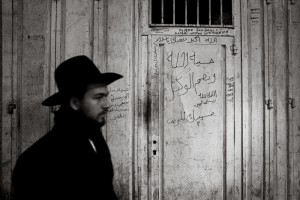
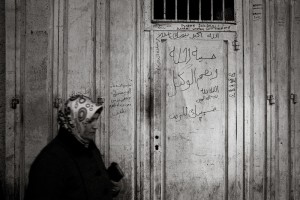
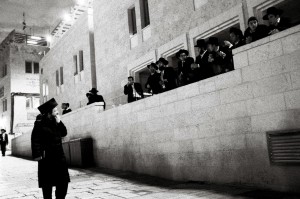
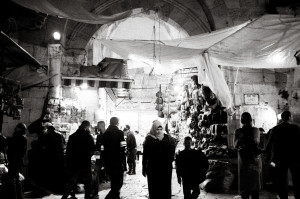
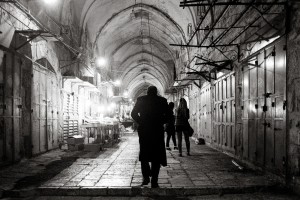




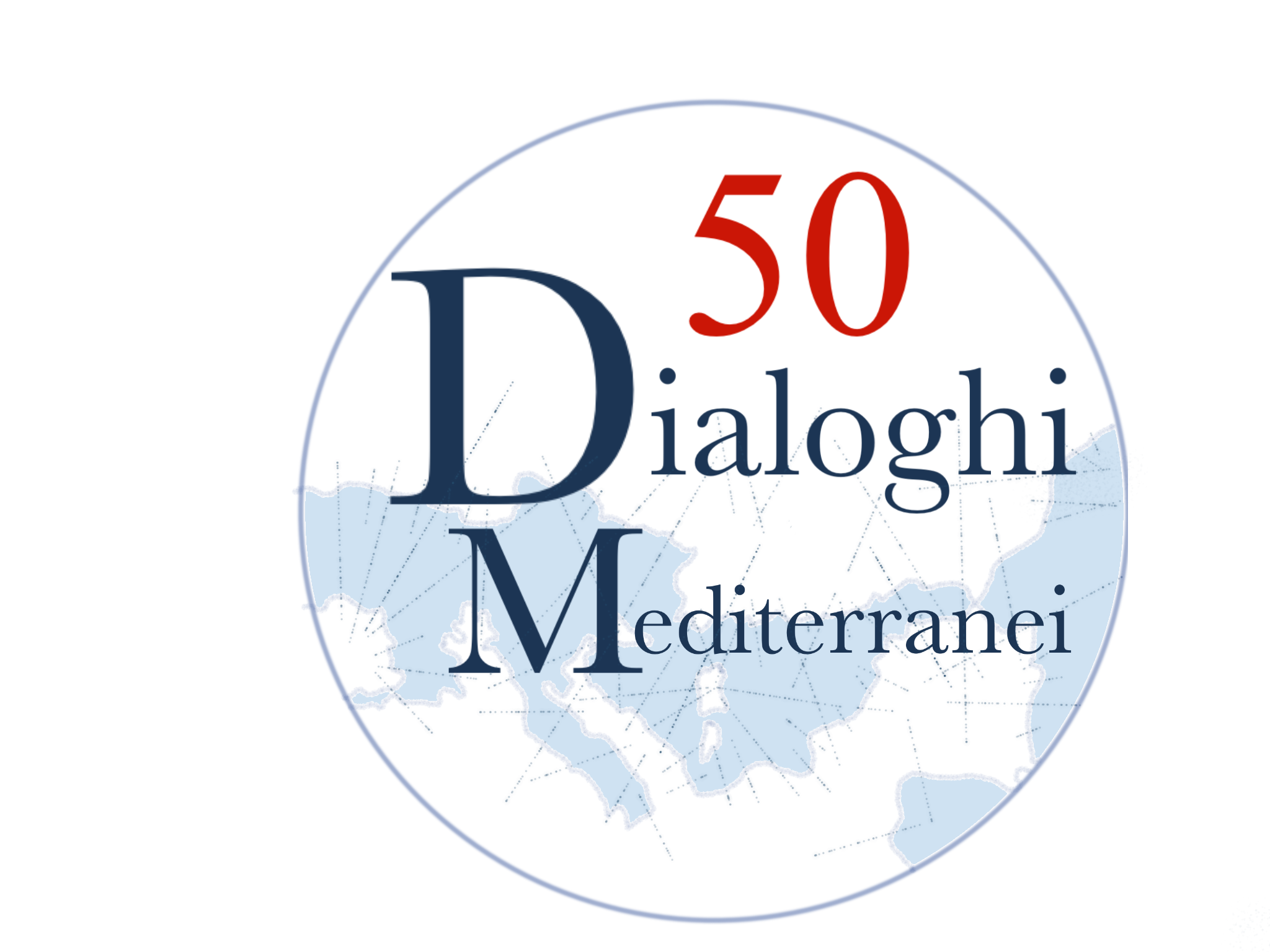
L’analisi è corretta e condivisibile, ma allora: “che fare?”.